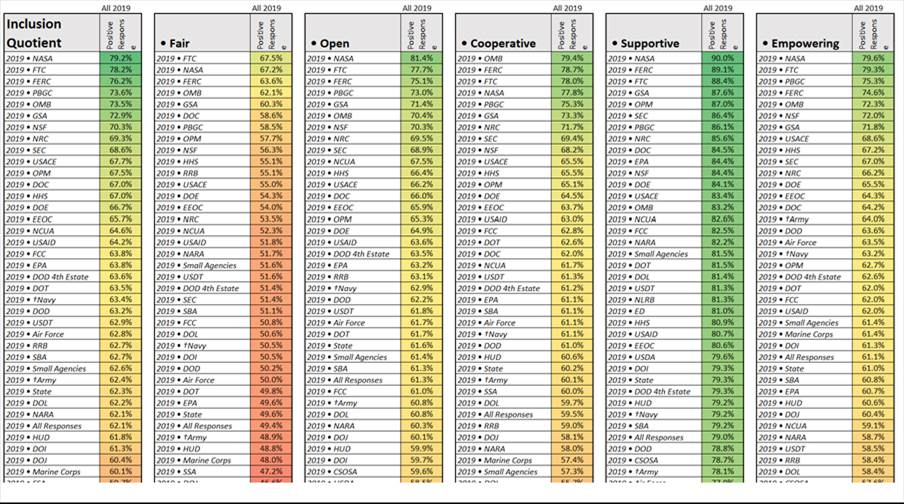The Council of the District of Columbia’s Office of Racial Equity (CORE) requested an analysis of the Black-White racial wealth gap to inform Council deliberations and to support the design of racially equitable legislation. MITRE offers this Data-driven systems approach to understanding the racial wealth gap in the District. It provides insights that can inform future research, analysis, solution design, and strategic planning.
Creating Equity Through Data Driven Systems Thinking
The Social Justice Platform provides resources, data, tools, and frameworks that empower decision makers to create and sustain equitable solutions that bring positive change for a more just society.
Our resources and insights are aimed at those looking to make a difference at the federal, state, and local levels.

Featured Insights
-
A Systems Analysis of the Black-White Racial Wealth Gap in the District of Columbia
-
The Racial Wealth Gap and Your Household Finances
Building on previous work with The Council of the District of Columbia's Office of Racial Equity (CORE) to examine the racial wealth gap in Washington, D.C., MITRE has developed a household finance model to learn more about how racial inequity impacts wealth and to help users answer questions about the wealth gap. In a previously published report (The Racial Wealth Gap in Washington, D.C.), we mapped a wide range of factors that influence wealth building, and provided context from research on the historical oppression, ongoing policies, and inherited inequity that contribute to the racial wealth gap.
-
The Mental Wellness Index™: Understanding the factors that influence mental wellness at the community level
The Mental Wellness Index (MWI) aggregates 28 factors that influence community-level mental wellness into a single numerical ranking at the ZIP Code level for the entire nation. The MWI provides insights that can promote data-informed decisions and more equitable allocation of resources in partnership with communities.
-
A Framework for Assessing Equity in Federal Programs and Policies
MITRE’s Equity Assessment Framework enables federal agencies to examine programs and policies from the perspective of underserved communities as required by Executive Order 13985. This framework is a systems-based, data-driven approach to equity assessment that incorporates human-centered research, design, and assessment practices. It provides detailed guidance for repeatable and inclusive equity assessments and helps agencies establish ongoing equity-centric planning and implementation processes.
Resources
Updated in collaboration between MITRE's Innovation Toolkit (ITK) and Social Justice Platform (SJP), ITK PAINstorming helps improve your team’s understanding of a user’s behaviors, pain points, assumptions, and needs. This worksheet helps focus your team on addressing actual user preferences, and it can also help explore assumptions or unknown gaps about users. In addition, the embedded equity lens helps your team broaden their perspective to consider what else may have historically occurred or be contributing to today’s current status quo. Collectively exploring these additional questions will help your team develop deeper insights about your ideal user and identify more opportunities for innovation.
Developed in collaboration between MITRE's Innovation Toolkit (ITK) and Social Justice Platform (SJP), the ITK Quickstart Stakeholder Engagement canvas is divided into two complementary sides – “Analysis” and “Engagement”. The “Analysis” side of the canvas helps your team identify and assess a stakeholder’s needs, wants, and influence. It also helps your team get clear on their wants and needs, which will help identify where the team’s priorities do or do not match with the stakeholder. The “Engagement” side of the canvas helps your team consider how to approach the first (or next) engagement with the stakeholder. In addition, the embedded equity lens helps your team explore four additional considerations beyond the default to help create more equity-informed engagements. This helps broaden your team’s thinking and raise their collective awareness, both of which can help inspire new thinking and opportunities for innovation.


